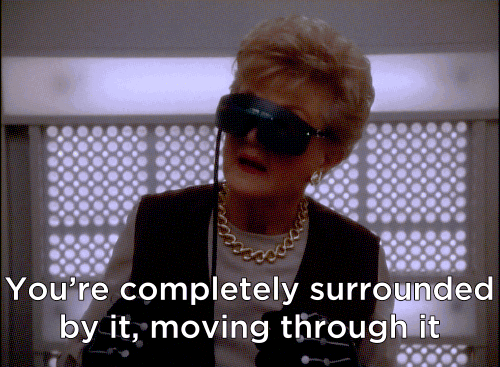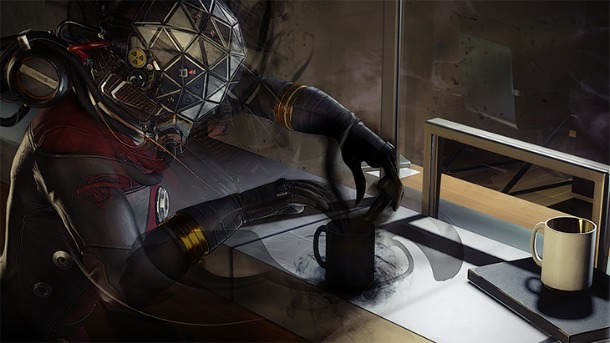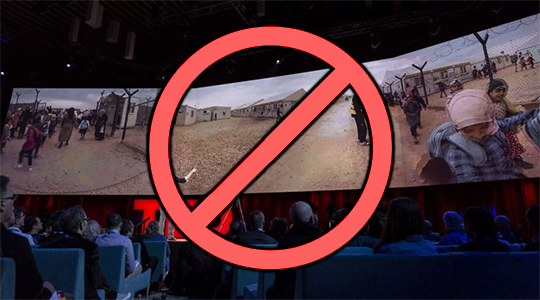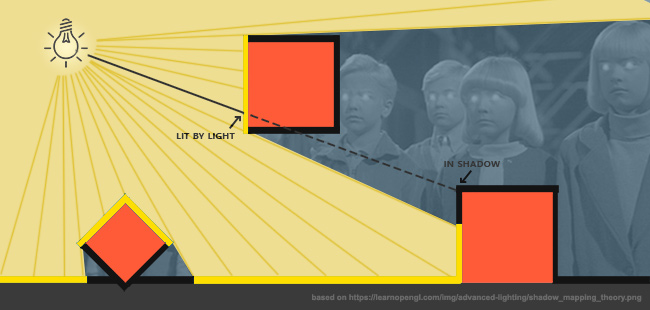
Years ago, I wrote about a hypothetical 2013 Queer Feminist Agenda for games. What an innocent time that was! Back then, I argued that we needed to pursue industry-wide reform, build-up theories of queer games, and combat gay apathy about queer politics.
Obviously a lot of that didn't really pan out, and now the world feels totally different: since 2013, Gamergate, Ferguson, Pulse, and Trump all happened, to say the least. Many people have now left video games for greener pastures, or have taken on more urgent politics beyond games... and anyway, Twitter just feels so much more stressful now. It's honestly kind of hard for me to still care about video games like I did back then. (Did we really use Twitter to argue about formalism in games? That's what we used Twitter for? Wow.)
Four years ago, we were talking about #1ReasonWhy, and GDC started the Advocacy track. Did any systemic reform actually happen? Did the industry end up hiring and retaining more women and black people? Did it get better for minorities? Some good-intentioned straight white male allies probably believe that "we won" because several games at E3 have black women in them. But beyond video game characters, I still feel like we're still having the same old conversations about the same old basic shit. The "discourse" feels extremely stagnated. It's hard to feel like there's any progress when every new Milkshake Duck of the Month pulls us back to basic questions like "wait why is it bad to harass women again?" and then suddenly the gamers are torn between supporting women / minorities vs. liking games about Blade Runner. As I've argued before, games probably aren't going to get "better" through this kind of desperate moral math.
Four years ago, we were also talking about a "queer games scene" and thinking about how to direct that momentum. For a variety of reasons, that energy ended up dissipating. On the plus side, there are definitely more people doing this work now, which is good, but there's also much less appetite for concentrating it into a "scene", which hurts our visibility and solidarity. Well, at least there's now a loose body of thinking and theory about queerness in games? I contributed to a new book literally called Queer Game Studies, which came out of the first Queerness and Games conference in 2013. When people ask what "queer games" are, I can now point to that book and event, even though it doesn't really feel so urgent to me anymore.
These days, I imagine a lot of us are very tired and disappointed, and I get it, and yeah I feel it too.
But however we feel, we definitely shouldn't nostalgize that supposedly simpler time, that now-mythical era before monthly milkshake ducks and anime frog nazis. That promise of 2013 (or 2012, or 2011, or 2010, etc.) is long gone and we can never go back. Instead, we must forge new kinds of promises and new kinds of trust.
We're still alive. We can still make new energy, new movements, and new alignments. And yeah, it won't feel the same. It won't feel like what we had before, or even what we think we had before. But I promise you, at the very least, whatever it is -- it will be ours.












